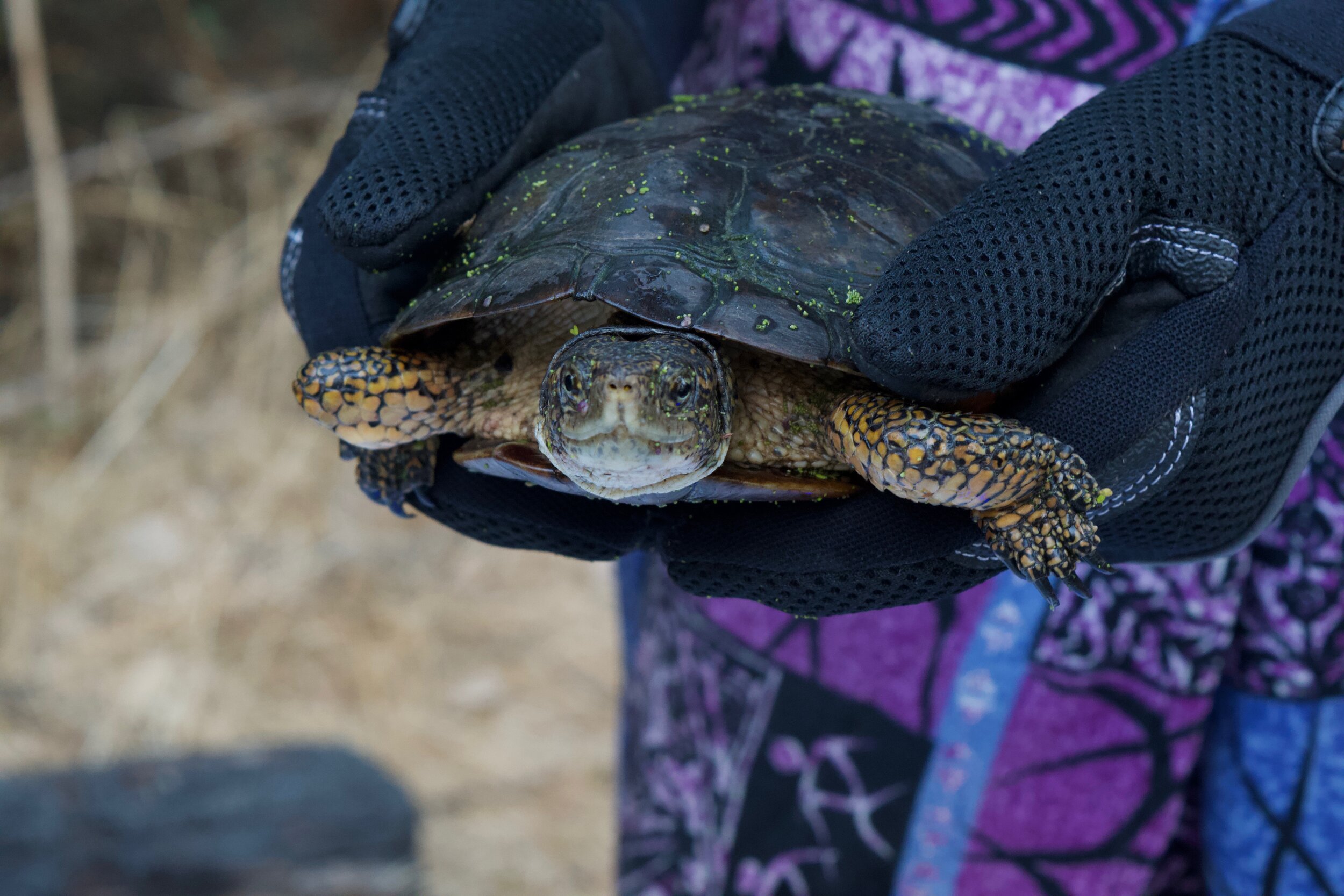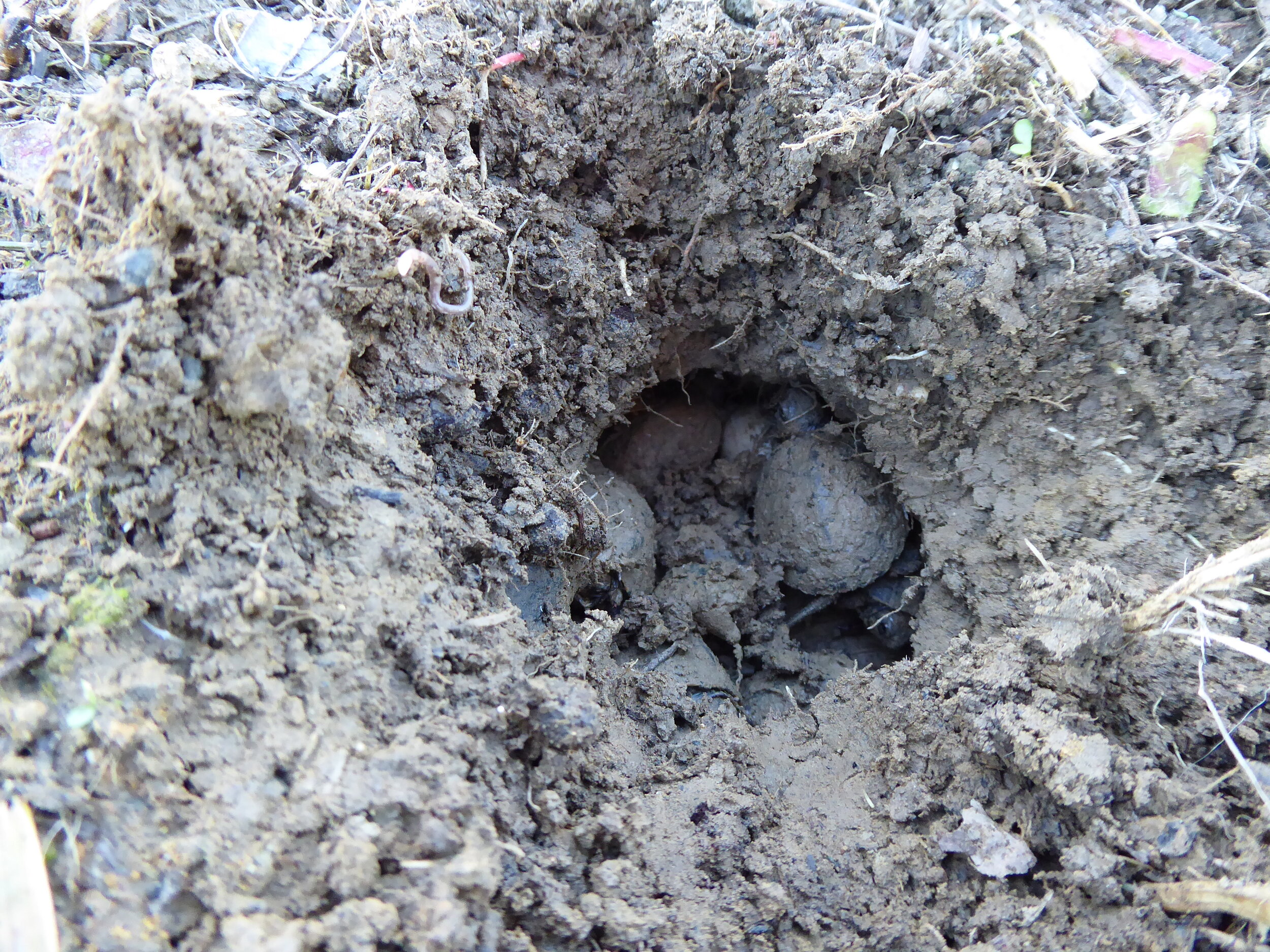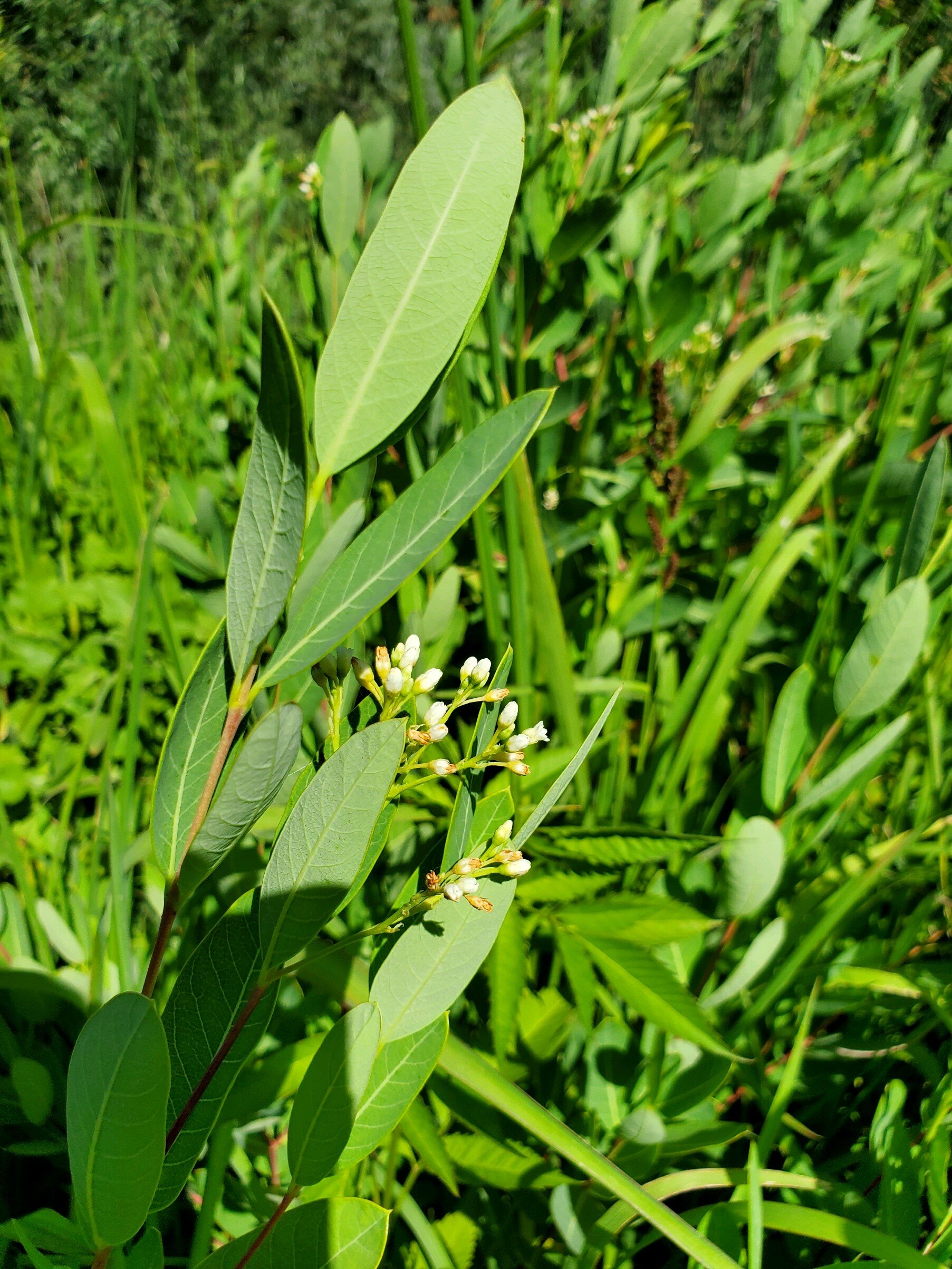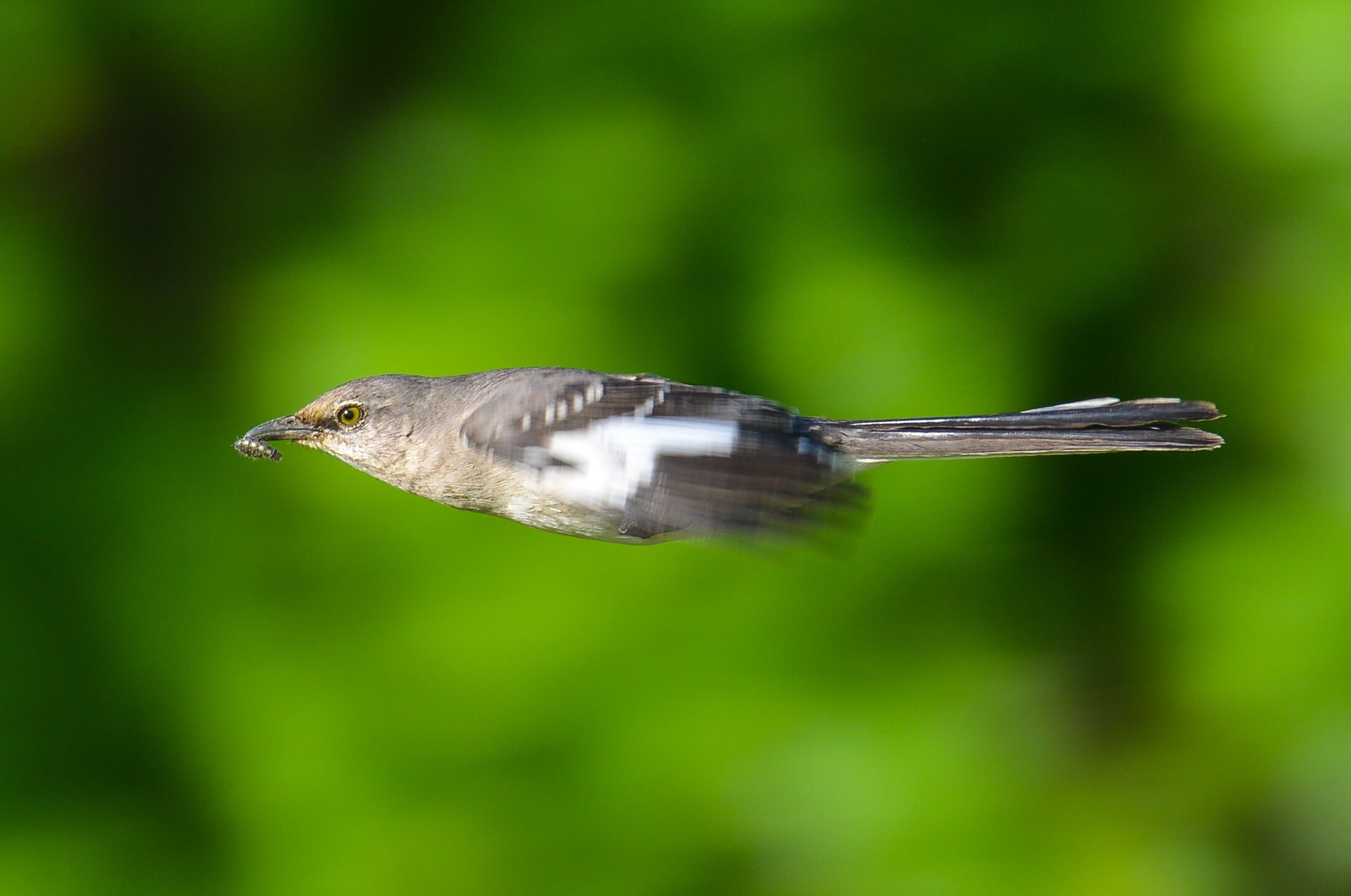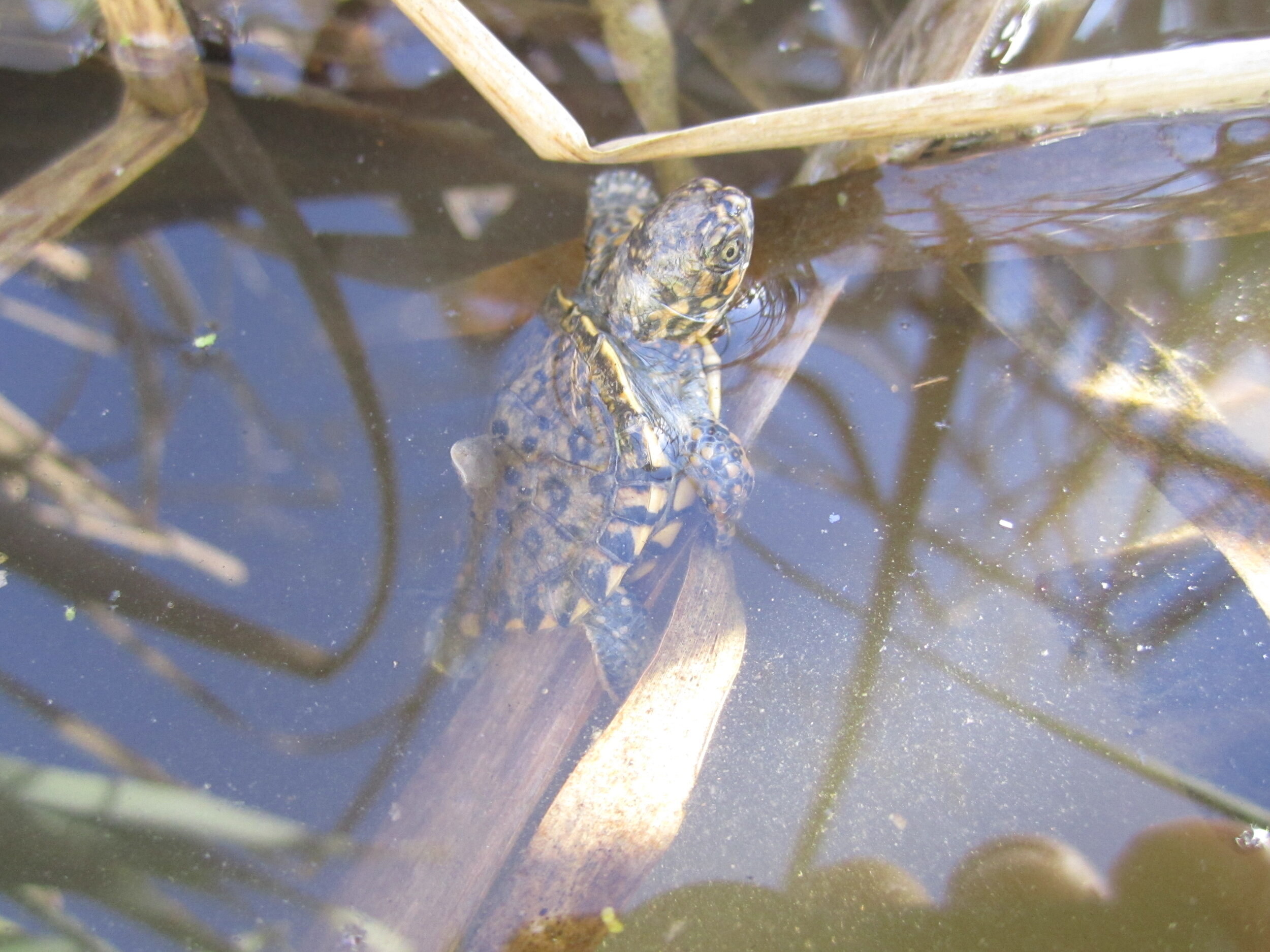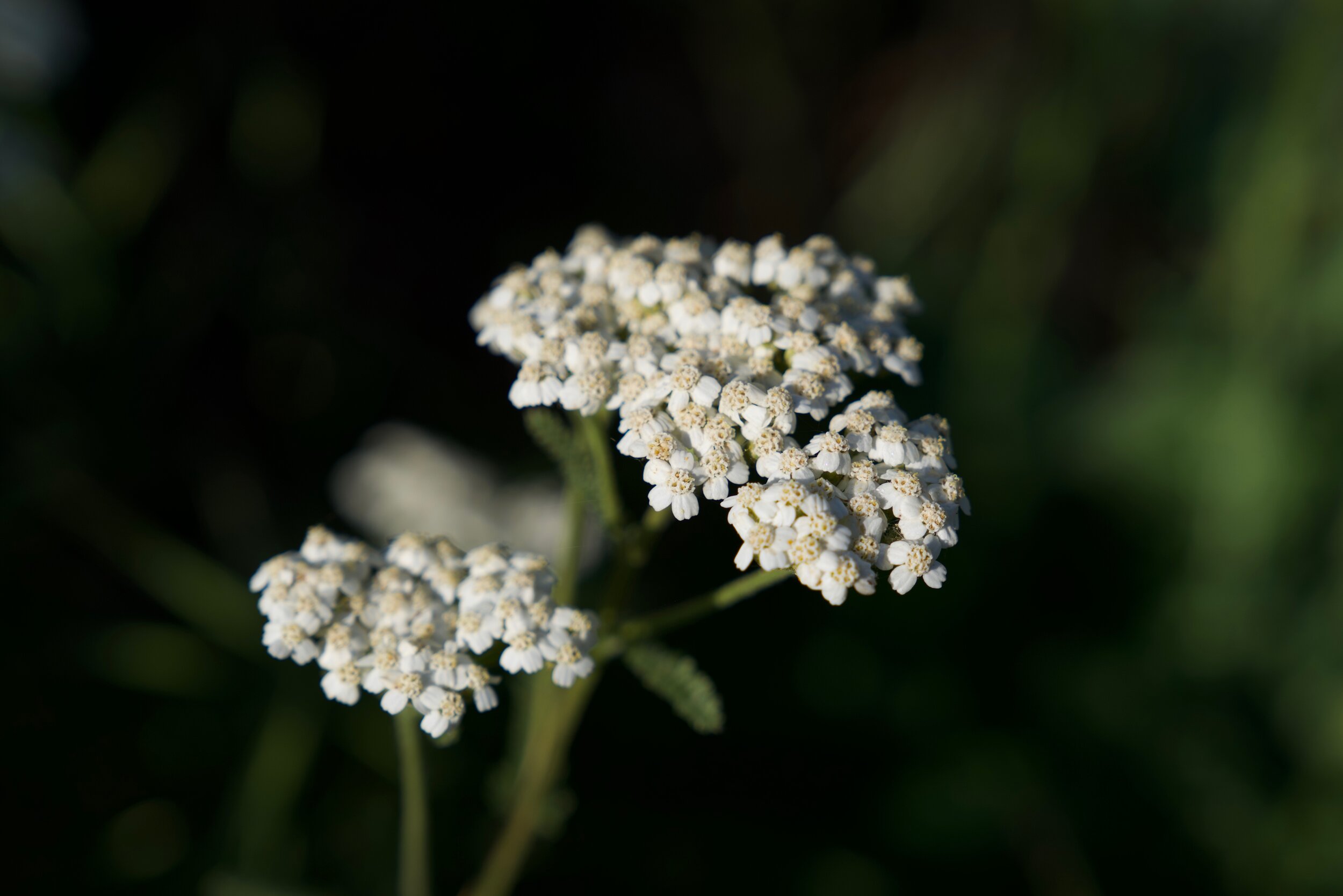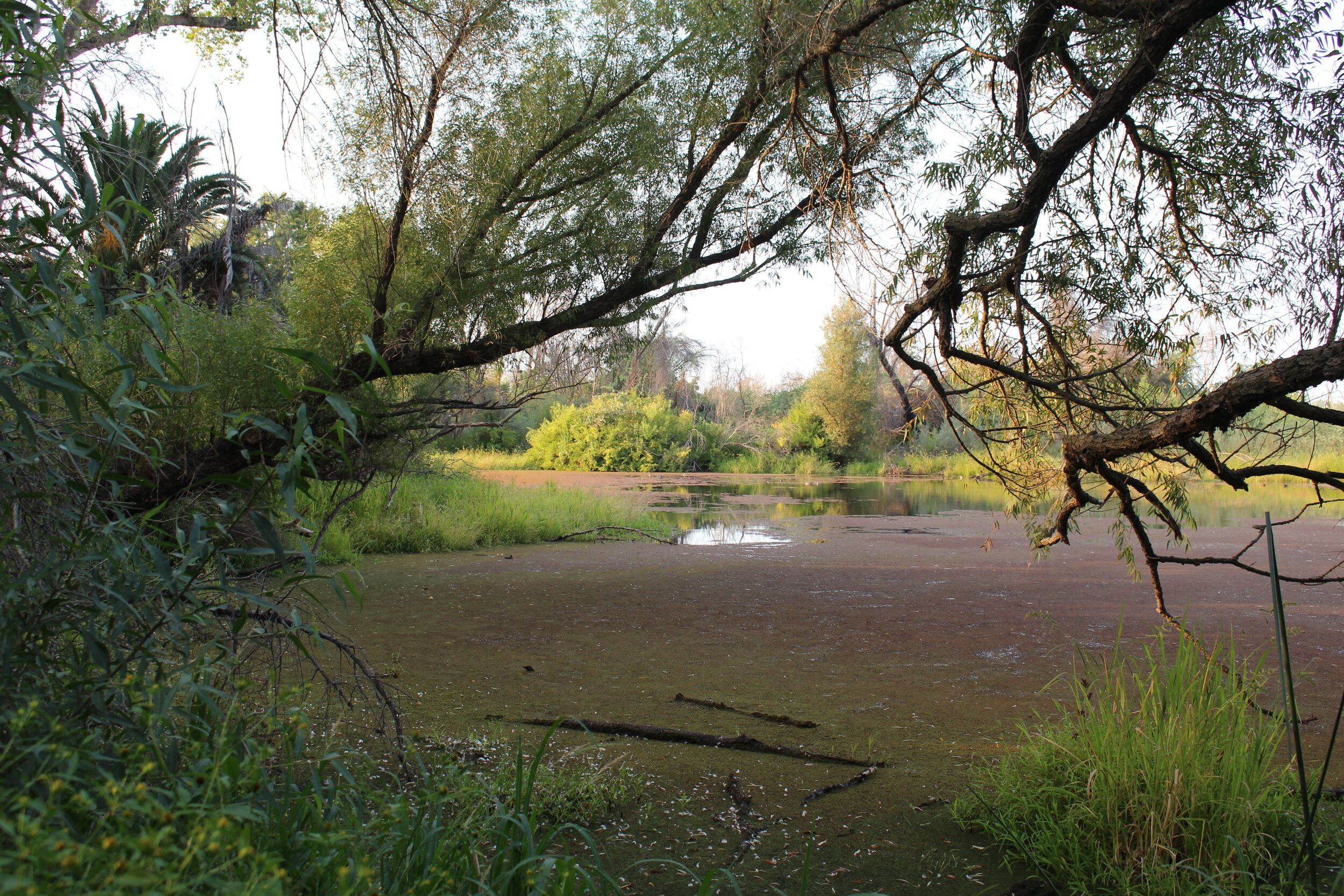
Welcome to the Bushy Lake Restoration Project.

Latest News
Bushy Lake Eco-Cultural Restoration Conceptual Restoration Plan - Final (Jun 2024)
Information on Western Pond Turtles (Actinemys marmorata) Proposed for Listing as Threated by USFS (Oct 2023)
Letter of support from Bushy Lake Eco-Cultural Restoration Project to USFWS (Dec 2023)
Bushy Lake Summary Report (2022)
Report on Fire at Bushy Lake (2021)
About the Bushy Lake Restoration Project
In 2015, Dr. Michelle Stevens, Professor, Department of Environmental Studies, spearheaded an eco-cultural restoration project at Bushy Lake on the lower American River near Cal Expo. Our vision centers on restoring the relationship between culture and the land. “Reciprocal restoration is the mutually reinforcing restoration of land and culture such that repair of ecosystem services contributes to cultural revitalization, and renewal of culture promotes ecological integrity” (Kimmerer 2011). Traditional Ecological Knowledge includes indigenous concepts of right relationship to the land and all our human and non-human relatives or kin, including respect, reciprocity, responsibility, and relatedness. The Bushy Lake Eco-Cultural Restoration Project incorporates knowledge and stewardship of culturally significant plants and animals within the matrix of a highly degraded landscape (novel ecosystem).
Our restoration palette includes native species that are fire resilient, beneficial to pollinators and wildlife, and honoring California Indian people. Mugwort or kachinu (Artemisia douglasiana) is an important spiritual, ceremonial and medicine plant. White root (Carex barbarae) is an important basketry plant and a cultural keystone species. The relationship between Traditional Ecological Knowledge and Western Ecological Knowledge provides an opportunity to show respect for the distinctive contributions of both intellectual traditions. Treating our non-human relations as “kin” extends our moral responsibility to our non-human relatives (Enrique Salmon 2000).
We have a special kinship with Northwestern Pond Turtles at Bushy Lake. They are California’s only native turtle, and we stand on Turtle Island. Bushy Lake is home to a number of native species besides turtles, including beavers, river otters, black-tailed deer, raccoons, possums, coyotes, gray foxes, bobcats, striped skunks, jack rabbits (black tailed hare), cottontail rabbits, western gray squirrels, and one observation of bear scat. Bushy Lake provides vital habitat for a variety of birds and is a popular birding location. Dan Williams, Sacramento Audubon, has recorded over 140 species of birds at Bushy Lake.
We are grateful for funding awarded by the California Wildlife Conservation Board for us to develop a Conceptual Restoration Plan for Bushy Lake with the following goals. We are also grateful for the CSU Bushy Lake President’s Circle Restoration Fund, to help us monitor and restore Bushy Lake after the June 6 wildfire.
Kimmerer, R., 2011. Restoration and reciprocity: the contributions of traditional ecological knowledge. In Human dimensions of ecological restoration (pp. 257-276). Island Press, Washington, DC.
Salmón, E., 2000. Kincentric ecology: indigenous perceptions of the human–nature relationship. Ecological Applications, 10(5), pp.1327-1332.

It is not the land that is broken, but our relationship with it. Thus, the work of ecological restoration must be to restore human–land relationship.
– ROBIN KIMMERER
We abuse land because we see it as a commodity belonging to us. When we see land as a community to which we belong, we may begin to use it with love and respect.
— ALDO LEOPOLD
Sign up to be the first to know about our events.
